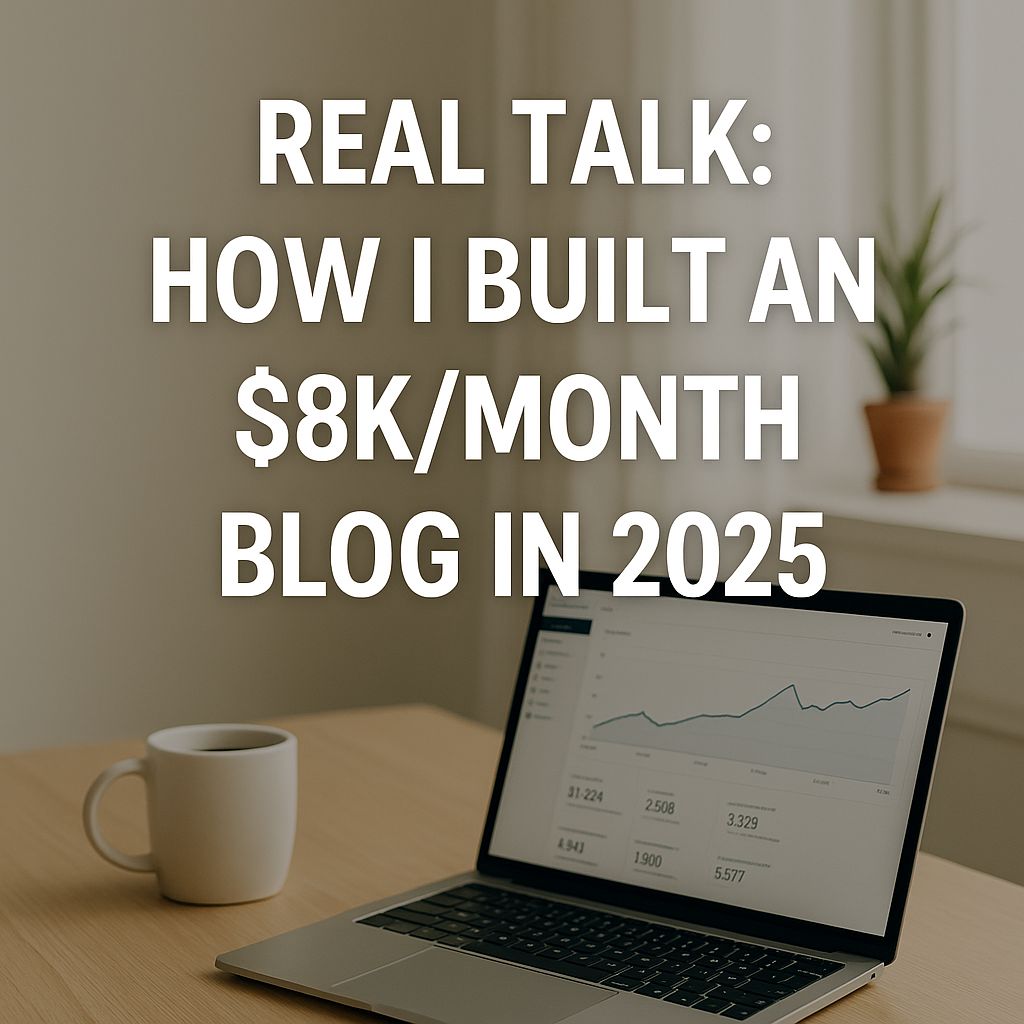Look, I’ve been there. You spend hours crafting what you think are amazing blog posts about graphic design, hit publish, and then… crickets. Maybe a few likes from your mom and that one friend who always supports your stuff. Sound familiar?
After running design blogs for over eight years and helping dozens of designers build their online presence, I’ve learned something important: creating the best blog posts graphic design content isn’t just about having killer design skills. It’s about understanding what people actually want to read and how to get it in front of them.
Let me share what I wish someone had told me when I started blogging about design.
The Harsh Truth About Design Blogging
Here’s what nobody talks about: most graphic design blogs fail because they’re boring. Yeah, I said it. They read like textbooks written by robots.
I remember my first blog post back in 2016. It was titled “Ten Essential Design Principles Every Designer Should Know.” Generic much? It got 12 views, and half of those were probably me checking if it was published correctly.
The problem wasn’t my design knowledge – I had that. The problem was I wasn’t writing like a human being talking to another human being. I was writing like I thought “professional bloggers” were supposed to write.
What Actually Works: Real Blog Post Ideas That Get Results
After years of trial and error (emphasis on error), here are the blog post ideas that consistently perform well:
The “Behind the Disaster” Posts • That time I accidentally sent the wrong logo to a million-dollar client • Why I fired my biggest client (and why you should too) • Five design trends I hate but use anyway • The project that made me question everything I knew about color theory • What happens when you let the client “make it pop“
The “Let’s Get Real” Educational Content • Why your portfolio sucks (and mine did too) • The design rules I break all the time (and when you should break them) • How to deal with clients who think they’re designers • What they don’t teach you in design school about pricing • The psychology behind why people hate Comic Sans (spoiler: it’s not the font)
The “Show, Don’t Just Tell” Posts • Here’s how I redesigned my worst logo from 2018 • Three websites I’d redesign if their owners paid me enough • Rating design trends from my college years (prepare for secondhand embarrassment) • What your favorite font says about your personality • Before and after: fixing designs that make my eyes hurt
How to Actually Get People to Read Your Stuff (AKA How to Advertise Blog Posts on Social Media Without Being Annoying)
Okay, real talk about how to advertise blog posts on social media. Most designers approach this completely wrong. They post a link with “Check out my new blog post!” and wonder why nobody clicks.
Here’s what I do instead:
Instagram Stories That Don’t Suck Instead of just posting your blog link, I create stories that tease the content. Like, if I wrote about design mistakes, I’ll post a story saying “Tell me you’ve never done this as a designer” with a screenshot of the mistake. People engage, then I drop the “I wrote about this exact thing” with the link.
LinkedIn Posts That Start Conversations I never just share links on LinkedIn. Instead, I share the most controversial or interesting point from my blog post and ask what people think. Like, “Unpopular opinion: Helvetica is overrated. Here’s why…” Then in the comments, I mention there’s more in my latest post.
Twitter Threads That Hook People Break your blog post into a Twitter thread, but make the last tweet a cliffhanger. “There are three more mistakes that are even worse than these. I wrote about all of them here…” Works every time.
The Pinterest Strategy Nobody Talks About Create pins that look nothing like typical blog promotion. Make them look like helpful infographics or quote cards. People save them, then discover they link to your blog post.
Why Guest Posting on Local Blogs Changed My Business
Here’s something most designers overlook: guest posting on local blogs can be incredibly powerful. Not the big design blogs everyone’s trying to get on – those local business blogs and community websites in your area.
I started doing this three years ago, and it completely changed my client base. Here’s why it works:
Local Business Owners Actually Read These Blogs The owner of that popular local restaurant blog? She gets read by hundreds of local business owners every week. When I wrote a guest post about “Why Your Restaurant’s Menu Design Is Losing You Customers,” I got five inquiries that month.
Less Competition, More Personal Connections While everyone’s fighting to guest post on Design Milk or Creative Review, I’m the only designer pitching to the “Downtown Business Weekly” blog. Guess who’s more likely to say yes?
Real People, Real Problems Local blogs let you address actual problems you see in your community. I wrote about terrible local billboard designs (without naming names) and got What I Wish I’d Known About SEO
SEO for design blogs isn’t about stuffing keywords everywhere. It’s about understanding what people are actually searching for.
Instead of “Logo Design Tips” Try “Why Does My Logo Look Cheap” or “How to Tell if Your Logo Sucks”
Instead of “Color Theory Basics” Try “Why Your Website Colors Make People Leave” or “Colors That Make You Look Unprofessional”
Instead of “Typography Guidelines” Try “Fonts That Make You Look Like an Amateur” or “Why Your Font Choices Are Hurting Your Brand”
See the pattern? People search for problems, not academic topics.
Building Relationships, Not Just Traffic
The biggest mistake I made early on was treating my blog like a content machine. Post, promote, repeat. I wasn’t building relationships.
Now I spend time responding to every comment, sharing other designers’ work, and genuinely engaging with people who read my stuff. This has led to collaborations, client referrals, and friendships.
Join Design Communities Don’t just promote your stuff. Actually participate. I’m active in about five Facebook groups where I answer questions and share insights. When I publish something new, people already know and trust me.
Email People Personally When someone shares my post or leaves a thoughtful comment, I sometimes send them a personal email. Not to sell anything – just to say thanks and start a conversation.
The Money Question
Let’s talk about monetizing your design blog because, let’s be honest, we all need to eat.
What Works: • Affiliate links for design tools (but only ones you actually use) • Your own products (templates, courses, presets) • Client work that comes from people finding your blog • Speaking opportunities at local events
What Doesn’t Work: • Random ads for stuff you don’t believe in • Sponsored posts that feel forced • Anything that compromises your authenticity
I make more money from one client who found me through my blog than I do from six months of affiliate commissions. Focus on building trust, and the money follows.
Staying Motivated When Nobody’s Reading
Here’s the reality check: your first 50 blog posts might feel like you’re shouting into the void. That’s normal. I wanted to quit about 20 times in my first year.
What kept me going: • Writing for one specific person (I actually imagined I was writing to my past self) • Celebrating small wins (first comment from a stranger, first share, first inquiry) • Remembering that every successful blogger started with zero readers
The Technical Stuff (But Make It Simple)
You don’t need to be a tech genius to run a successful design blog. Here’s my bare-minimum tech stack: • WordPress with a simple theme • Canva for quick graphics (yeah, I use Canva sometimes) • Grammarly to catch my typos • Google Analytics to see what’s working
That’s it. Don’t overcomplicate it.
Frequently Asked Questions
How long should my blog posts be? Long enough to be helpful, short enough to keep people interested. My most successful posts range from 1,200 to 2,500 words, but I’ve had 500-word posts go viral and 4,000-word posts that nobody read. Quality over quantity, always.
Should I post every day? God, no. I burned out trying to post daily. Now I post once a week consistently, and my traffic is higher than when I was posting every day with mediocre content. Better to publish one great post per month than four forgettable ones.
What if I’m not a good writer? Neither was I when I started. I wrote like I was filing a police report. The secret is to write like you’re talking to a friend. Read your posts out loud – if they sound weird spoken, they’ll read weird too.
How do I come up with new ideas when everything’s been written about? Everything’s been written about, but not by you. Your perspective, your experiences, your personality – that’s what makes content unique. I’ve read 100 articles about color theory, but only one made me laugh while learning.
When will I start seeing results? This is the question everyone asks and nobody wants to hear the answer to. For me, it took about six months to get consistent traffic and a year to get my first significant client from blogging. But here’s the thing – the learning and personal growth happened immediately.
Conclutions
Look, I could keep writing about blogging strategies all day, but at some point, you have to actually start writing. The perfect blog post doesn’t exist. The perfect timing doesn’t exist. The perfect strategy doesn’t exist.
What exists is your knowledge, your perspective, and your willingness to share it with people who need to hear it.
My challenge to you: write one blog post this week. Not perfect, not revolutionary, just honest and helpful. Share one thing you’ve learned about design that you wish someone had told you earlier.
Then do it again next week.
And the week after that.
The best blog posts graphic design content comes from designers who aren’t afraid to be human, make mistakes, and share what they’ve learned along the way.
Your audience isn’t looking for perfection. They’re looking for connection, insight, and maybe a few laughs along the way.
So stop overthinking it and start writing. The design community needs your voice, your perspective, and yes, even your controversial opinions about Comic Sans.
Trust me on this one – three years from now, you’ll be glad you started today.





